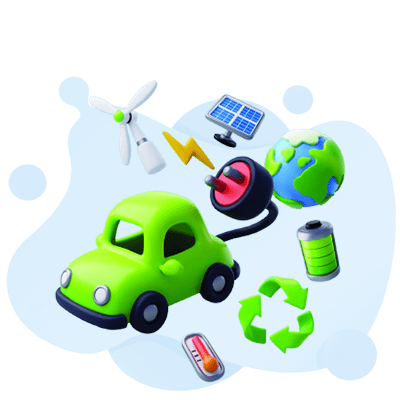
As we become more aware of our planet, knowing about ecology is key. The ecology test helps us understand the natural world better. It gives us the tools to tackle the big challenges our Earth faces.
This test checks if we know about ecosystems, biodiversity, and science. It also sees if we can use this knowledge in real life. By taking the test, we learn more about the world around us. This helps us become better citizens working for a greener future.
Doing a detailed ecological assessment is key to knowing how healthy and sustainable our environment is. At the heart of this process is looking at important indicators. These give us deep insights into an ecosystem’s state. From ecological footprint analysis to species inventory and ecosystem health checks, these studies give us a full view of our natural world.
At the base of environmental assessment is checking the basic parts of an ecosystem. This means looking at the variety and numbers of plants and animals, and the quality of resources like soil, water, and air. By studying the conservation study and biodiversity analysis of a place, experts can really understand its health and how sustainable it is.
Good environmental assessment needs the right indicators to watch. These might be about species inventory, how habitats are broken up, how nutrients cycle, and water quality. By watching these key signs, researchers can spot trends and threats to the ecosystem. This helps in making smart sustainability audit and conservation plans.
| Ecosystem Health Parameter | Measurement Approach |
|---|---|
| Soil Quality | Chemical analysis, physical assessment, and biological indicators |
| Water Purity | pH testing, dissolved oxygen levels, and contaminant analysis |
| Air Composition | Particulate matter monitoring, greenhouse gas concentrations, and air pollution indices |
By carefully measuring these ecosystem health parameters, researchers can get a full picture of the environment. They can spot where to focus on conservation or where to make changes.
Exploring ecological assessment can seem daunting, but with the right tools, you can excel. This section will cover the methods and approaches for environmental evaluation. You’ll learn to become a pro at ecological monitoring.
Species monitoring is key in ecological assessment. It helps us understand the health of ecosystems by tracking species populations. This data shows trends and warns us of environmental stress, guiding conservation efforts.
The ecological footprint is another critical metric. It measures human impact on the planet, showing our sustainability. By knowing our ecological footprint, we can make choices to reduce our environmental impact.
Assessing ecosystem health is also vital. Factors like water quality and air pollution levels give us a full picture of an environment’s health. Using conservation biology principles, we can protect and restore these resources.
Lastly, environmental impact studies are crucial. They analyze the long-term effects of human activities on the environment. This helps decision-makers choose sustainable options, ensuring environmental stewardship.
By learning these methods, you’ll be ready for the ecology test. You’ll help protect our ecosystems. Stay tuned for the conclusion and key takeaways from this environmental assessment journey.
Exploring environmental assessment shows how important ecology tests are. They help us understand biodiversity and track species. They also give us key insights into our ecological footprint and ecosystem health.
By learning about ecological evaluation, we can make better choices. These choices help us protect the environment for future generations. This way, we ensure the natural world remains safe and healthy.
Measuring ecosystem health is crucial for protecting our environment. We can tackle big issues like habitat loss and climate change with the right knowledge. This knowledge helps everyone, from policymakers to regular people, to act and protect our planet.
The ecology test is a key tool in facing environmental challenges. It helps us aim for a future where biodiversity flourishes. With these insights, we can work towards a sustainable and resilient world, where life’s web is celebrated and preserved.